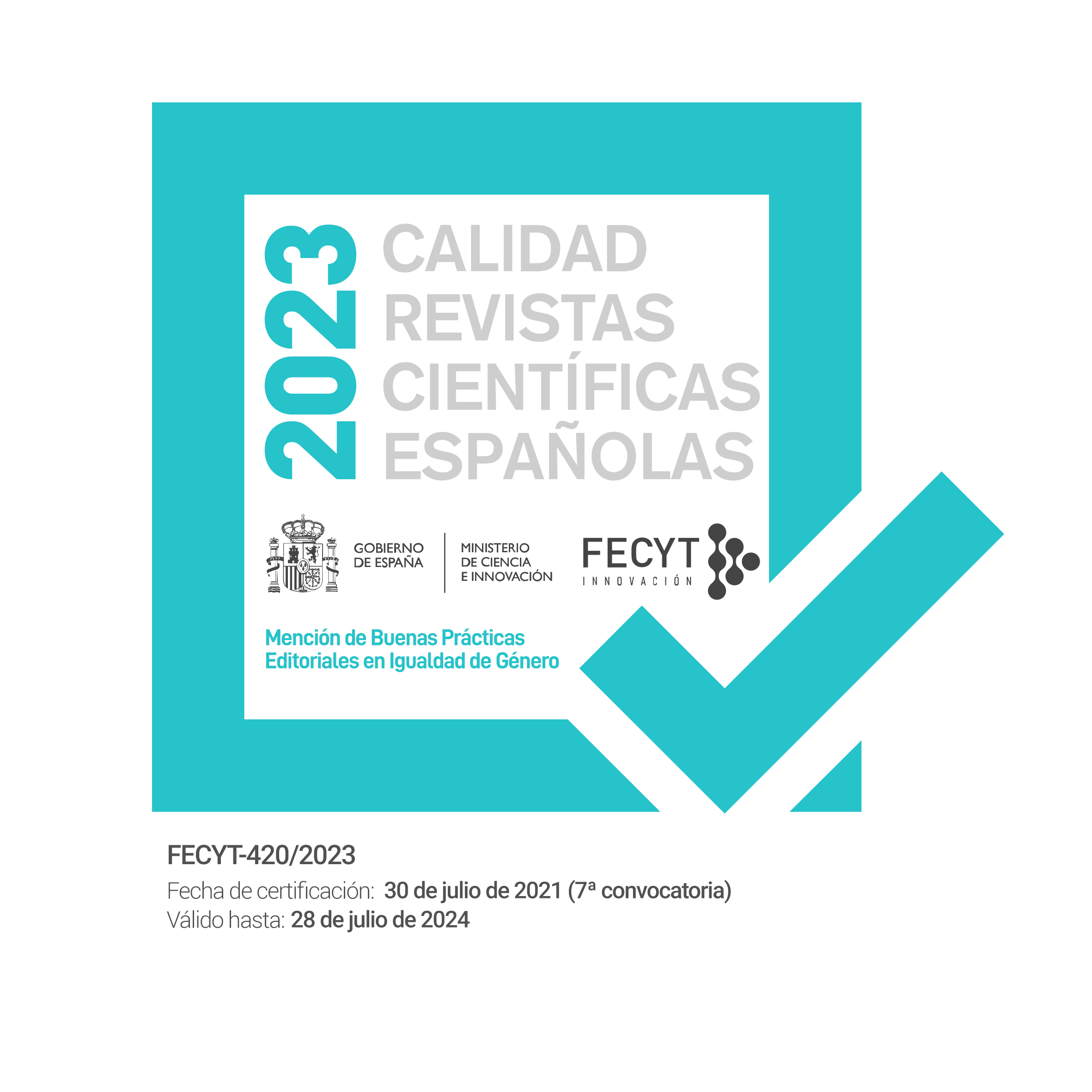Subverting or Reasserting? Westworld (2016-) as an Ambiguous Critical Allegory of Gender Struggles
DOI:
https://doi.org/10.1344/452f.2021.24.9Keywords:
Westworld, science fiction, metafiction, critical allegory, genderAbstract
This article analyses the first three seasons of HBO’s Westworld (2016-2020) by considering them a critical allegory of gender relations. In so doing, the text pays special attention to the self-reflexive construction of its SF worlds, and to two of the main characters’ arcs, the female androids (or gynoids) Dolores and Maeve. More specifically, the essay consists in a dialectical examination of the series’ narrative ambiguities, so its argument is twofold. On the one hand, it is argued that Westworld is clearly and self-consciously constructed as a critical allegory and that, as such, its SF worlds stage real social struggles (chiefly those between genders) in order to subsequently narrate their (attempted) overthrow. On the other hand, against this critical-allegorical interpretation but supplementing it, it is also argued that Westworld is not an unequivocally critical narrative and that, if we are to examine its allegorical potentials, we ought to consider too how their realisation can be obstructed and/or contradicted by certain narrative ambiguities.
Downloads
Published
How to Cite
Issue
Section
License
All contents published in the journal are protected under a Creative Commons BY-NC-ND license. This corresponds to legislation within Spain, and does not allow commercial use of the texts. It is not possible to modify the contents either.
General information.
Comparative Literature magazine 452ºF [ISSN 2013-3294] is a publishing project coordinated by Asociación Cultural 452ºF, and developed by its Editorial board.
Access to the Contents and Copyright.
All contents published in the journal are protected under a Creative Commons BY-NC-ND license. This corresponds to legislation within Spain, and does not allow commercial use of the texts. It is not possible to modify the contents either.
Every person has free access to the contents of the journal as long as they understand and assume that no profit is to be made on other people’s work.
In all cases, the original source name of the online journal and the article must be mentioned when used for any purposes.
Basic Conditions of all Call for Papers.
- 1. The author accepts that sending the paper:
- a. Does not guarantee the publication of it.
- b. Is done in accordance to the style-sheet of the magazine and the requirements of the specific call for papers.
- c. Implies the non-exclusive transferring of the first publication rights of the paper, as long as it is selected to be published in the journal, to theAsociación Cultural 452ºF, under a Creative Commons BY-NC-ND license.
- 2. The journal 452ºF, in due respect to moral rights of a copyright, guarantees that:
- a. All papers will be evaluated according to the procedure already mentioned.
- b. All authors will receive either a positive or negative answer to their sending a paper for publication.
- c. All papers will be published unabridged. The journal might make changes in the typographical disposition according to the needs.
- d. All papers will be published under a Creative Commons BY-NC-ND license.




